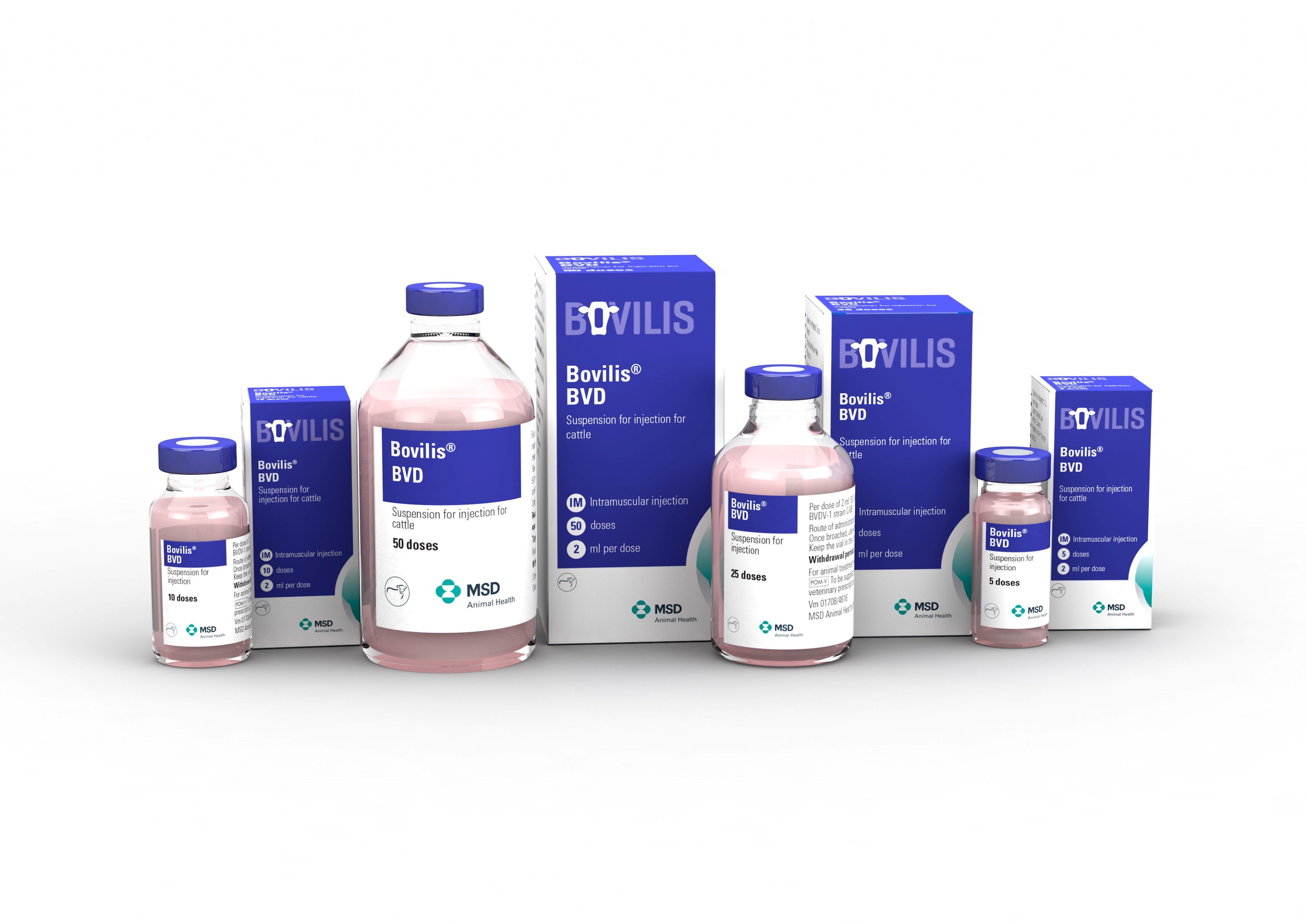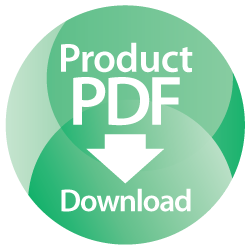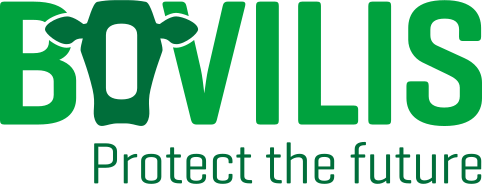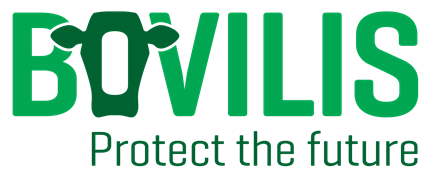

What is it?
Bovine viral diarrhoea (BVD) is a highly infectious disease caused by a virus
transmitted from infected animals. Animal Health Ireland estimate the annual
cost of BVD to Irish herds totals €102 million.
Spread of BVD Virus
An infected animal can spread BVD virus within the herd through its saliva,
respiratory secretions, semen or faeces. Contact with infected animals from
neighbouring farms, at marts or shows and during transport facilities spread.
Animals can be infected indirectly by exposure to contaminated equipment,
other species including sheep or by visitors to the farm.
BVD control is based on 4 pillars.
- Removal of PI animals as soon as possible after identification is
essential if a herd is to become clear of disease. - Maintain a high level of biosecurity on farm.
- Monitor your herd to ensure it stays clear of circulating virus.
Monitoring purchased stock for the presence of the virus is necessary
to prevent the intake of carrier animals. - Vaccinate with Bovilis BVD
How to use:
Dose: 2ml
Route of Administration: Intramuscular.
Bovilis BVD can be given to cows and heifers from 8 months of age onwards to
protect the foetus from infection with BVD virus via the placenta. Bovilis BVD is
licensed for Foetal Protection when the relevant vaccination schedule appropriate for
the farm is followed.
A primary vaccination course requires two doses of Bovilis BVD to be given by
intramuscular injection 4 weeks apart. This vaccination course should be completed
4 weeks before the start of breeding. Booster vaccinations in following seasons
require a single dose of Bovilis BVD 4 weeks before the start of the next pregnancy.
Withdrawal period(s) Zero days.
Conveniently, Bovilis BVD and Bovilis IBR Marker Live vaccines can be mixed in a
single 2ml intramuscular booster injection in cattle from 15 months of age onwards.
Bovilis BVD and Bovilis IBR Marker Live should be given separately when
administering primary vaccine courses.
Leptavoid-H can also be given at the same time as Bovilis BVD to cows and heifers.
Leptavoid-H and Bovilis BVD should be given at different sites (not mixed together) if
given on the same day.
Related Video
To activate the video player please allow cookies in category ‘Performance and Operation’ and refresh this page.
Related Articles
- Technology for Profit competition #TimeForTech
 We’re looking for Irelands most innovative dairy farmers! #TimeforTech Following the success of our Prevention for Profit campaign we’re excited to launch the “Technology for Profit” competition for 2025.
We’re looking for Irelands most innovative dairy farmers! #TimeforTech Following the success of our Prevention for Profit campaign we’re excited to launch the “Technology for Profit” competition for 2025. - Flies – Nuisance by name, nuisance by nature
 With temperatures slowly on the rise, next on the agenda – fly season. Impact on production and spread of disease Anyone who has worked with cattle during the summer months needs little reminding of the annoyance which flies can cause. They can be responsible for a state of unrest in the parlour for both cows … Read more
With temperatures slowly on the rise, next on the agenda – fly season. Impact on production and spread of disease Anyone who has worked with cattle during the summer months needs little reminding of the annoyance which flies can cause. They can be responsible for a state of unrest in the parlour for both cows … Read more - Reducing Abortion Rates in Your Flock: Enzootic Abortion of Ewes and Toxoplasmosis
 Eleanor Brady, MVB MRCVS, Ruminant Veterinary Manager, MSD Animal Health Many Irish flocks will experience a few abortions each year, but how many abortions is too many? Targets for abortion and overall empty rate are set at <2% and <5% respectively, although many flock owners accept rates higher than this. Approximately one third of lamb … Read more
Eleanor Brady, MVB MRCVS, Ruminant Veterinary Manager, MSD Animal Health Many Irish flocks will experience a few abortions each year, but how many abortions is too many? Targets for abortion and overall empty rate are set at <2% and <5% respectively, although many flock owners accept rates higher than this. Approximately one third of lamb … Read more

“Animal Health Ireland estimate the annual cost of BVD to Irish herds totals €102 million.”
Sign up to Bovilis® product and event information

MSD Animal Health
Red Oak North, South County Business Park, Leopardstown,
Dublin 18, Ireland
vet-support.ie@msd.com
PHONE
CATTLE DISEASES




